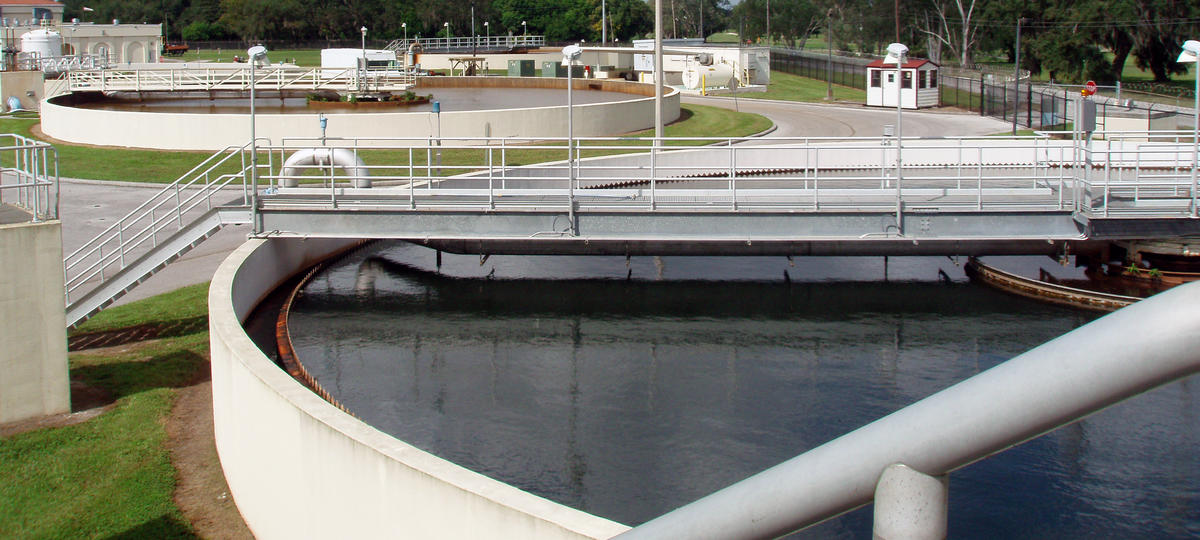The Tampa Water Department delivers 82 million gallons of water to close to 717,000 people every day. Every year we take over 9,000 water samples throughout our service area and conduct over 40,000 water analyses to ensure that we remain in compliance with federal and state drinking water regulations. Our water treatment process is a 24/7 operation with work crews operating around the clock to ensure that you always have access to safe, clean drinking water.
